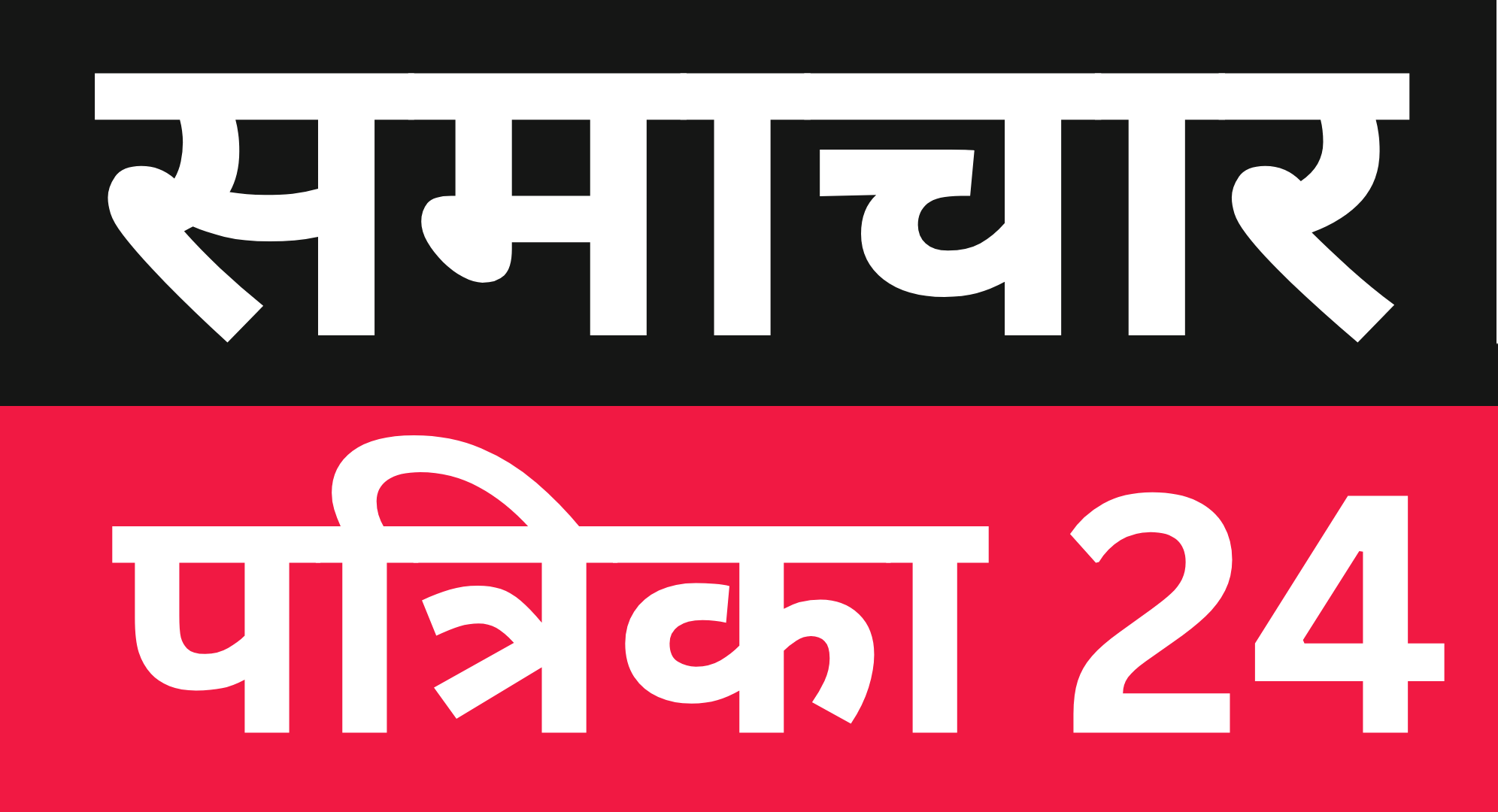
Unified Pension Scheme is one pension scheme that the Indian government intends to unveil that integrates multiple pension schemes in one set framework. The central government has rolled out this comprehensive reform in a bid to ensure that retirement benefits are all-inclusive and secure for India’s increasingly sizable workforce. In light of the growing complexities in the pension ecosystem in the country, the UP will attempt to bridge some of the gaps in retirement coverage across different sectors of the population.
The demand for a single pension system has been emphatically debated.
The current pension system is, in fact, fragmented, where sectors, types of employment, and even income groups subscribe to differing schemes. Though there are Employees’ Provident Fund, the National Pension Scheme, Atal Pension Yojana, and pension programs for government employees, among others, each one operates under a separate domain, with different rules and eligibility criteria. It is confusing for citizens and complicates workers’ ability to plan for retirement, especially unorganized sector workers.
More importantly, there is a huge demographic shift in India. There has been a rise in population among the elderly and growing life expectancy and more pressure on the country to support more and more pensioners. However, there is still a huge informal labor force largely left out of mainstream pension schemes. It poses a looming crisis for millions of workers without social security.
ALSO READ :
https://samacharpatrika24.com/nps-vatsalya-pension-scheme-for-children/
https://samacharpatrika24.com/unified-pension-scheme/
Key Features of Unified Pension Scheme
This unified pension scheme has been streamlined to the streamlining of pension plans with diverse schemes offered under this single scheme. Under the unified pension scheme, all workers-whether formal or informal- will get a sure-thing pension with minimum confusion and bureaucracy.
- Universal Access: One of the most striking features of UPS is its universality. In this scheme, informal sector workers or gig economy workers will face a tough challenge to enroll themselves in a formal pension scheme. In contrast, the UPS will ensure that a pension will reach everybody else. Universal access will scale up the retirement security for millions of Indians very much, who, otherwise have no reason to save or think about financial security during old age.
- Mobility: As the workforce becomes increasingly mobile-the post-pandemic years see a lot of people switching jobs, sectors, or even going into the gig economy-the UPS will make pension benefits portable. Contributions and entitlements will not get lost when moving from one employer or sector to the other.
- Simplified Contribution Structure: The government intends to put in place a simplified contribution system that will even simplify the contribution mechanism even for individuals and employers. This will be more encouraging to actively participate, especially on the part of small businesses and unorganized sectors.
- Enhanced Investment and Safety of Pension Funds: The bundled system would inherently ensure that investment strategies for the management of pension funds are appropriately directed to yield superior returns for contributors. Moreover, the government shall be responsible for providing regulatory oversight to make the funds transparent and safe.
Advantages for Employees:
This might be a game-changer for India’s workers, especially low-income job seekers, who otherwise do not have any avenues of organized employment. The UPS would provide them with a definite level of income at the time of retirement; they are less dependent on their family members or government schemes for welfare.
UPS would also tackle gender imbalances; to women who, until now, have been going out to work mainly in the unorganized sector, the road to retirement now seems safer.
Challenges and Implementation
While the government’s push for a Unified Pension Scheme is generally welcomed, monumental challenges exist in its implementation. Bringing under one framework various schemes of pension seems to be beleaguered by legal, administrative, and infrastructural challenges. The scheme also needs to be financially sustainable in the long run and balance the interests of contributors with such pensions payouts.
The level of awareness and compliance that will be achieved among informal sector employers will be another determinant of the success of the scheme.
Conclusion
The government’s move for a Unified Pension Scheme is the good by which bold steps are being taken to ensure that every citizen of India has an economic security to look forward to. The initiation of retirement benefits to the whole workforce will help bridge the formal and informal sectors, as well as a good social security system for the aging population. Proper implementation could lead to a more equitable, secure, and viable retirement landscape for millions of citizens.
FAQs:
Who is eligible for unified pension scheme?
Those Employees who have served the company for 25 years or more will be entitled to receive 50% of their average salary from the preceding 12 months as a pension. With a minimum service requirement of 10 years, individuals can anticipate a pension of Rs. 10,000 per month.
(Unified Pension Scheme, Unified Pension Scheme, Unified Pension Scheme, Unified Pension Scheme, Unified Pension Scheme)








